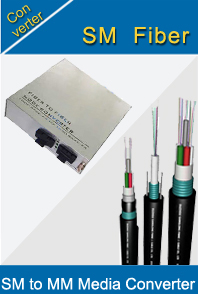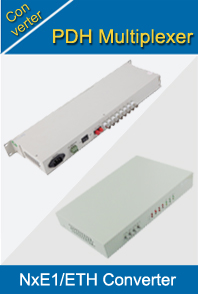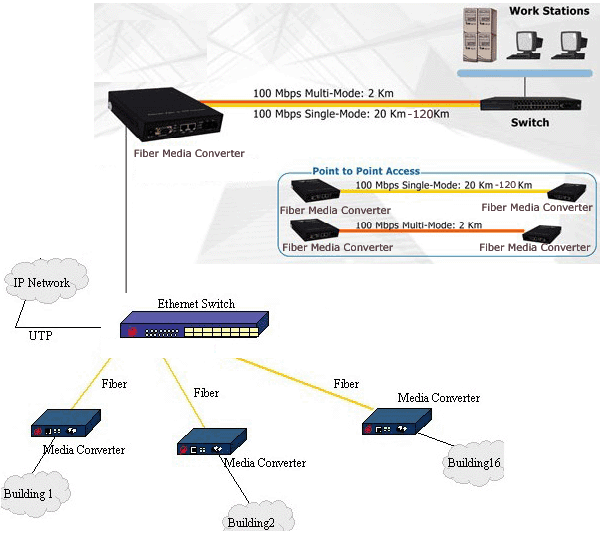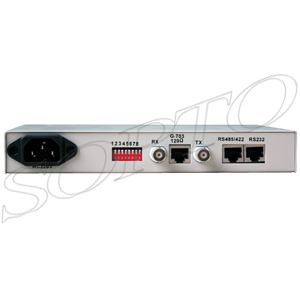-

- Sopto Home
-

- Special Topic
-

- Converter Knowledge
-

- Interface Converters - Supporting Inter-Operability of Dissimila
Converter Knowledge
- Form Factors and Application of Ethernet Media Converter
- Ethernet over 4 E1 Converter Brief Introduction
- What is the Difference between RS232 and RS485 Serial Interfaces
- What is the Difference between RS232 and RS485 Serial Interfaces
- How to Convert an Analog Telephone to VoIP Protocol?
- How to Find the Internet Protocol Address and Media Access Contr
- How to Convert from Fast Ethernet to Fiber Optics?
- How to Connect a Fiber Converter?
- How to Convert Ethernet to Fiber Media Converters?
SOPTO Special Topic
Certificate



Guarantee
Except products belongs to Bargain Shop section, all products are warranted by SOPTO only to purchasers for resale or for use in business or original equipment manufacturer, against defects in workmanship or materials under normal use (consumables, normal tear and wear excluded) for one year after date of purchase from SOPTO, unless otherwise stated...
Return Policies
Defective products will be accepted for exchange, at our discretion, within 14 days from receipt. Buyer might be requested to return the defective products to SOPTO for verification or authorized service location, as SOPTO designated, shipping costs prepaid. .....
Applications
An Ethernet to Fiber Media Converter can also be used where there is high level of electromagnetic interference or EMI which is a common phenomenon found in industrial plants. This interference can cause corruption of data over copper-based ethernet links. Data transmitted over fiber optic cable however is completely immune to this type of noise. An Ethernet to Fiber Optic Converter therefore enables you to inter-connect your copper-ethernet devices over fiber ensuring optimal data transmission across the plant floor.
SOPTO Products
- Fiber Optic Transceiver Module
- High Speed Cable
- Fiber Optical Cable
- Fiber Optical Patch Cords
- Splitter CWDM DWDM
- PON Solution
- FTTH Box ODF Closure
- PCI-E Network Card
- Network Cables
- Fiber Optical Adapter
- Fiber Optical Attenuator
- Fiber Media Converter
- PDH Multiplexers
- Protocol Converter
- Digital Video Multiplexer
- Fiber Optical Tools
- Compatible
Related Products
Performance Feature
Converter Knowledge
Recommended


Interface Converters - Supporting Inter-Operability of Dissimilar Combinations
RS 422, RS 485 and RS 232 are some of the most widely used and successful serial standards of interface for industrial uses. Although they are directly not compatible to one another, it is usually essential to have communication between them. In order to convert one form of signals to another, a special device known as Interface converter is required. Interface converters can be used for electrically isolating and converting analog signals. Actuators or sensors and controls usually have different units of power supply and therefore need electrical isolation for signal circuit. Conversion of analog signal also permits transmission over the longer distances.
E1 to RS232/RS422/RS485 Converter
Applications: Interface converters are used for following purposes:
For isolating the analog signals electrically
For converting the analog signals
For converting signals into frequencies
For converting the non-normalized signals into normalized ones
To provide over-voltage protection to the analog inputs
Advantages: Some of the advantages of using interface converters include:
- These are designed in such a way that they do not consume much space
- These converters usually come with the frequency output
- All the ranges of interface converters are completely calibrated
- There is a unified group of devices which is an ideal solution for all the applications
- There is an automatic-manual switch with an adjustable set point
- They are safe to use as the outputs are adequately short-circuit proof.
- They are able to provide protection against damages caused due to faulty wiring for up to a level of 30 volts.
The interface converters provide the facility of interoperability and connection of equipment that have dissimilar combinations related to standard communication interface. These converts also allow for difference in both signal levels and physical connectors. All the models have two different communication ports. The internal switch helps in selecting which ports will be given the appearance of DCE interfaces and which ones of DTE. The LED indicators will show activity upon the line and will assist in troubleshooting. In addition to that, the interface converters have been transparent to all types of data, frame and clock formats and are able to operate at the transmission speed of up to E1 that is 2.048 MBPS.
They are also able to be operated in half-duplex as well as full environments and are made available in rack mount and standalone versions. The rack mount converters are the plug-in boards which can be mounted in and drawn power from, while the stand alone ones are present in the metal enclosures that have switchable power supply options. The port connectors of the rack mount ones are mounted upon each individual boards so that they can be accessed at the chassis rear end.
Various types of interface converters are designed for easily converting data between these standards and for automatically controlling the directions of serial data, thus eliminating the requirement for a software flow control. Using special techniques, the interface converters are able to automatically adapt to all baud rates and are independent of any communications protocol. It can also be used in any industrial application without the need to make any software or hardware changes.
For more info, please browse our website. For purchasing more converters, please contact a Sopto representative by calling 86-755-36946668, or by sending an email to info@sopto.com.





